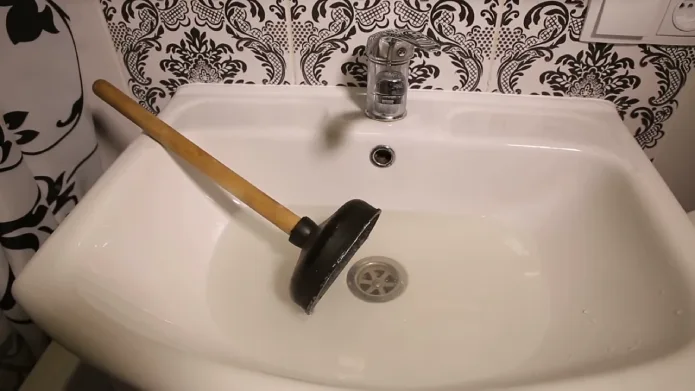Last Updated on November 14, 2023
Keeping your bathroom sink in tip-top shape can be an annoying task, but it’s worth the effort to make sure water is flowing properly down the drain.
Fortunately, unclogging and cleaning the bathroom sink overflow drain only takes four steps. Making this task easier doesn’t have to require an extensive tool kit often. All you need are a few everyday items right in your home.
A simple solution for cleaning your overflow drain is baking soda and white vinegar. These two everyday ingredients can easily blast away all the dirt, grime, odors, and clogs that have built around your sink’s overflow drain. With just this small effort, you’ll be able to restore shine and bring back pleasantness in no time.
With our simple guidelines, you can easily maintain a sparkling sink overflow drain in just minutes. So make sure not to miss out on this helpful blog post.
How to Clean Bathroom Sink Overflow Drain In 4 Steps
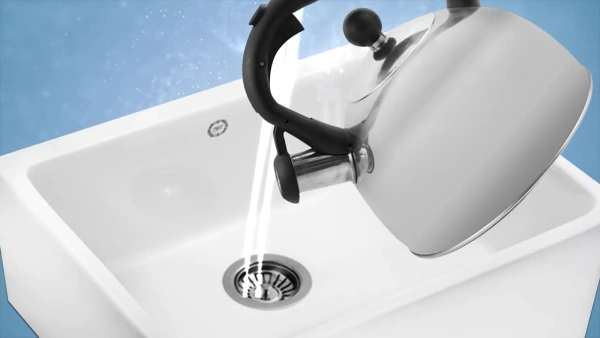
Keeping your bathroom sink drain clean is essential for more than just a pleasant appearance and smell. An overflowing sink can cause costly plumbing damage that could be avoided with regular maintenance.
The following steps will help you keep your overflow drain clean and clear.
Step 1: Preparing the Sink Area
Before attempting to clean a bathroom sink overflow drain, it is important to take a few steps to properly prepare the area. This can include removing items that may obstruct the overflow hole or nearby, such as toiletries and cleaning products.
Aside from that, ensure that all other items are removed from the sink area to avoid interfering with the cleaning process. If this preparation has been completed, then it is time to begin unclogging the drain.
Step 2: Unclogging The Drain
To begin unclogging the overflow drain in your bathroom sink, grab a flexible pipe cleaner or sink-cleaning brush and stick it into the overflow hole. Use this tool to gently scrape away any gunk or buildup that has clogged up the drainpipe.
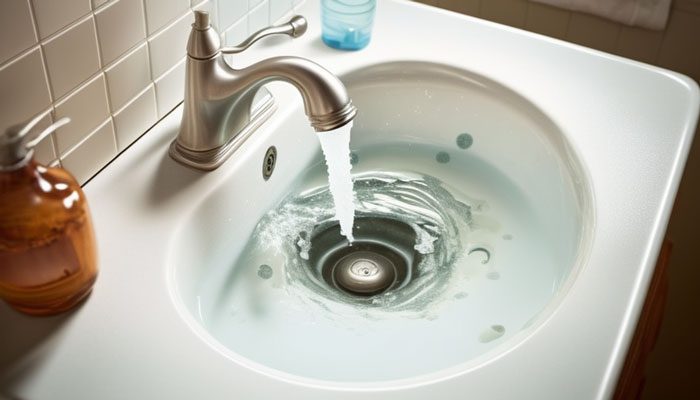
Once you have done so, fill a pot with warm water and carefully pour it down the overflow drain to help flush out anything else blocking its passage. Be sure not to use too much force when doing this.
Step 3: Cleaning Around the Overflow Drain
After all gunk and buildup have been flushed out of the drainage system, it is important to give your bathroom sink an additional deep clean around its overflow hole. To do this, stick a funnel into the overflow hole and then pour baking soda down inside of it. About a cup should do just fine for most sinks.
Then slowly pour vinegar down inside of it as well. Be prepared for some slight bubbling due to their combination. Let this sit for at least 15-20 minutes before proceeding onto step four.
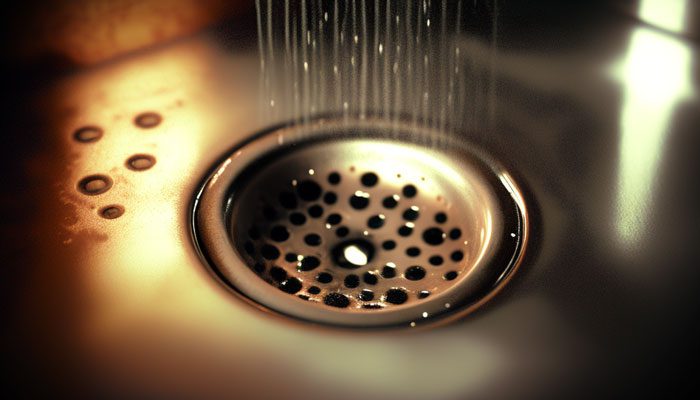
Step 4: Rinse the Overflow Drain Thoroughly
After you soak your bathroom sink in baking soda and vinegar, you can rinse out its overflow drain by flushing boiling water down through it multiple times if needed. This will get rid of any bad smells coming from the drain.
Make sure the water is boiling but not too hot so that it could damage the pipes. After you have finished rinsing out your restroom sink’s overflow drain, your work is done.
What Makes An Overflow Drain Darty?

A clogged or blocked drain can be a major inconvenience, leading to unpleasant odors, and flooding in the house. Here are some of the most common causes of a dirty overflow drain:
Clogging and Blockage
An overflow drain can easily become clogged or blocked due to the accumulation of debris and sediment in the system, such as food particles, dirt, dust, hair, paper towels, and other objects. In addition, hair products, soap residue, and other substances that may be poured down the drain can contribute to a build-up inside of the pipes.
If these materials are not regularly cleared out or flushed away with hot water or cleaning solutions, it can cause a blockage in the overflow drainage system. It can lead to bad odors and dirty conditions that will need to be fixed by someone who does this kind of work for a living.
Poor Maintenance and Cleaning Habits
Neglecting to clean out an overflow drain on a regular basis can result in an accumulation of material inside the pipes. If the debris is allowed to sit for too long, it can turn into a slimy consistency which will cause blockages over time.
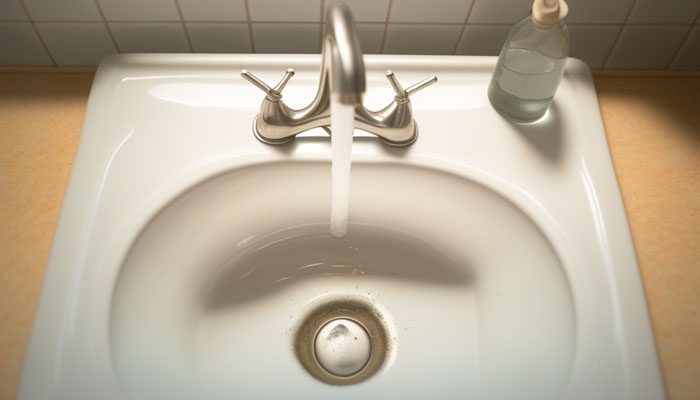
Plus, if you don’t flush your drains with water or a cleaning solution regularly, the materials will not be completely removed from the system, and this will cause clogging issues in the future.
Contaminated Water Sources
Contaminated water sources can also lead to dirty conditions within an overflow drain system. If sewage or water contamination enters into the pipes, it can create bacteria growth or an accumulation of chemicals due to standing water. This will create blockages and odors that need to be professionally addressed ASAP before they worsen.
Corrosion of Metal Plumbing Components
Pipes made of metal like iron and steel can rust and break down over time. This can cause problems with overflows because rust particles can get into the liquid and cause sediment to build up inside the pipe. If this is not fixed, it will eventually cause the pipe to become blocked.
Exposure to air, water, and chemicals can also cause the overflow drain’s copper coating to wear away. This will result in more corrosion problems. This must be fixed before it gets worse and becomes a hazard.
Faulty Installation or Design of the System
A faulty installation is yet another factor that contributes to an overflowing or dirty drain system. This often happens when things like positioning & alignment aren’t done correctly. Spillway points point downwards instead of upwards, which prevents drainage from taking place as desired.
Also, if the parts of the system are not connected well, it may cause more leaks. This could create even more problems with drainage and how fast the water flows. Unwanted contaminants might also get into the system, worsening existing dirtiness and overflow issues.
Why Should You Clean Your Overflow Drain?
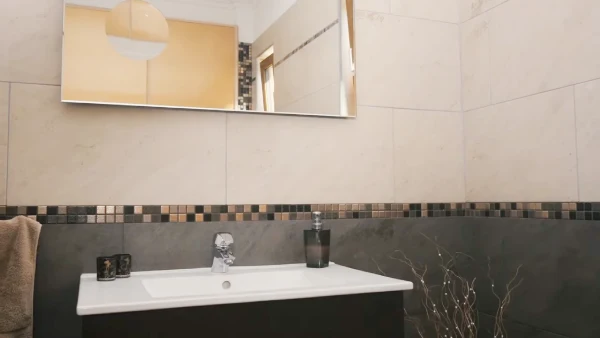
When it comes to household maintenance, a few tasks are as important yet overlooked as cleaning your overflow drain. Here are five reasons to clean your overflow drain:
- To Prevent Flooding: One of the most prominent and important benefits of keeping your overflow drain clean is that it serves as an effective flood prevention measure. If your pipe becomes clogged with sediment, grease, or debris, water won’t be able to escape properly and could cause a back-up in your pipes and eventually end up flooding.
- Extends the Life Of Your Plumbing System: When there is too much stuff in the sink overflow hole, it could cause more damage to the piping system. This would be expensive to fix if it is not taken care of right away.
- Helps Avoid Unpleasant Smells And Insect Infestations: An overflowing and dirty drain can cause bad smells from sewage water that has backed up. This can also attract pests, like cockroaches, that are looking for food in areas where there is not good airflow.
- Prevents Health Issues: Not only are overflowing sewers unpleasant, but they can also pose serious health risks if contaminated water seeps into other parts of one’s home. This can lead to illnesses caused by bacterial infections such as E Coli or salmonella and respiratory problems brought on by mold spores.
- Saves Money On Repairs And Replacements: Last but not least, taking care of one’s overflow drain will save money in costly repairs down the line if neglected for too long. A pipe that is blocked could break open because of pressure. This could damage the entire plumbing system, which would require extensive repairs.

How Often Should You Clean the Overflow Drain?
It is recommended to clean your overflow drain at least once a month. This will help to prevent the build-up of debris, dirt, and other contaminants that can cause clogging and blockages in the pipes.
Aside from this, regular drain cleaning will also reduce any unpleasant odors that may be caused by stagnant water or trapped gasses escaping from the opening.
Regularly cleaning your sink overflow channel will also make it easier to inspect for any potential issues, allowing you to address them before they become more serious problems.
What Makes Overflow Drains Smell?

The most common causes of unpleasant odors from overflow drains are bacteria, mold, mildew, and sewage gas that gets trapped in standing water over time. Bacteria grow quickly in water that is not moving. This can cause a bad smell. The bacteria grow when there is no oxygen and the pipes, or sewage systems are connected to your house’s plumbing system.
Mold buildup can occur if moisture accumulates around the pipe or bathroom faucet fixtures near the sink and remains when they are cleaned regularly.
Also, sewage gasses can get trapped in water if there is a bad connection between your home’s sewer line and the city’s sewer system. This can cause a build-up of pressure that forces bad smells out through any open areas, like an unclosed sink drain or shower head fixture.
Does the Overflow Drain Smell Like Rotten Eggs?
Hydrogen sulfide gas (H2S), which has a characteristic smell of rotten eggs. It is created when organic matter breaks down due to bacterial processes in stagnant water inside pipes or sewage systems.
If the odor is coming from your bathroom sink overflow hole, there could be a problem with your plumbing system. This includes the drainage connections or vent stacks that lead into either your home’s main sewer lines or main city sewers located outside.
To figure out where the bad smell is coming from, we would need to look at all of these different places where gas could escape. This could be happening because something is blocking the gas from going out of the vents located further away from living spaces.
Is It Okay to Pour Bleach Down the Overflow Drain?
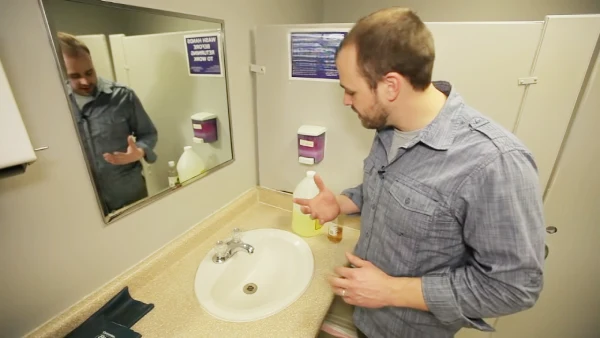
No, pouring bleach down an overflow drain is not recommended. The chemical reaction between bleach and other substances present in your pipes could potentially produce toxic fumes, which are dangerous for both your health and the environment.
Moreover, this practice could cause corrosion of metal pipes over time, leading to leaks and other water damage within your plumbing system. Despite its effectiveness as a disinfectant and cleaner, it is best to use more natural solutions, such as vinegar or baking soda, when attempting to unclog an overflowing drain.
Maintaining a Healthy Home: Clean Bathroom Sink Overflows
Keeping your bathroom sink overflow drains clean is essential for a healthy environment. Thanks to baking soda and white vinegar, cleaning them is not as difficult or messy as you might think. You can quickly unclog any blockage and eliminate any odor or germs by following four easy steps.
To keep your drain running smoothly, you must regularly check for possible clogs or build-up of dirt around the opening so that they don’t become blocked with debris again. And lastly, always remember that prevention is better than cure when it comes to keeping your bathroom squeaky clean.

